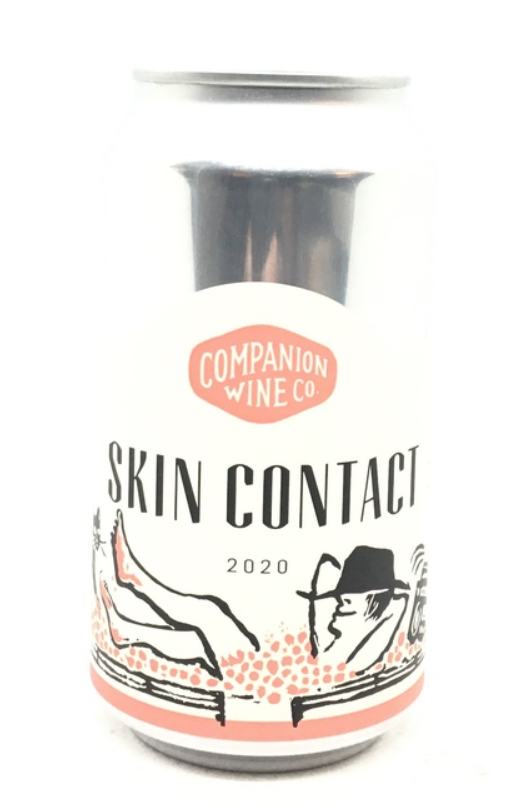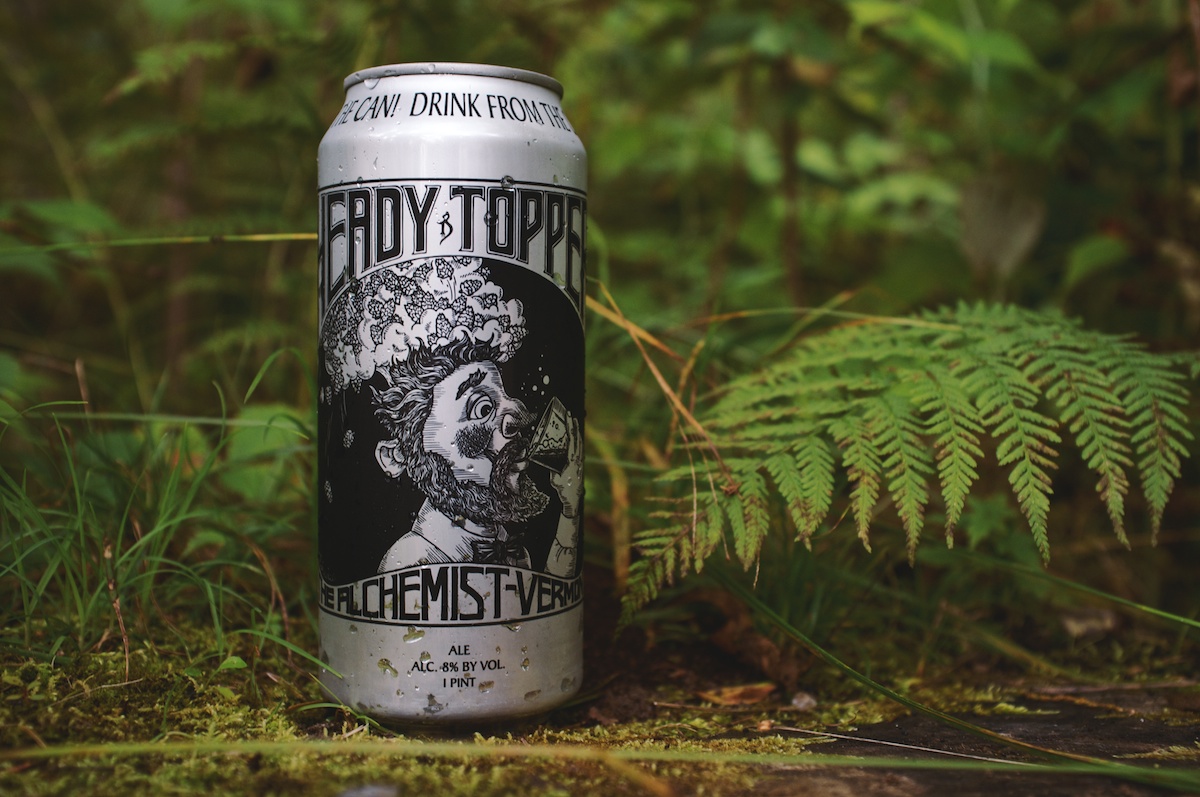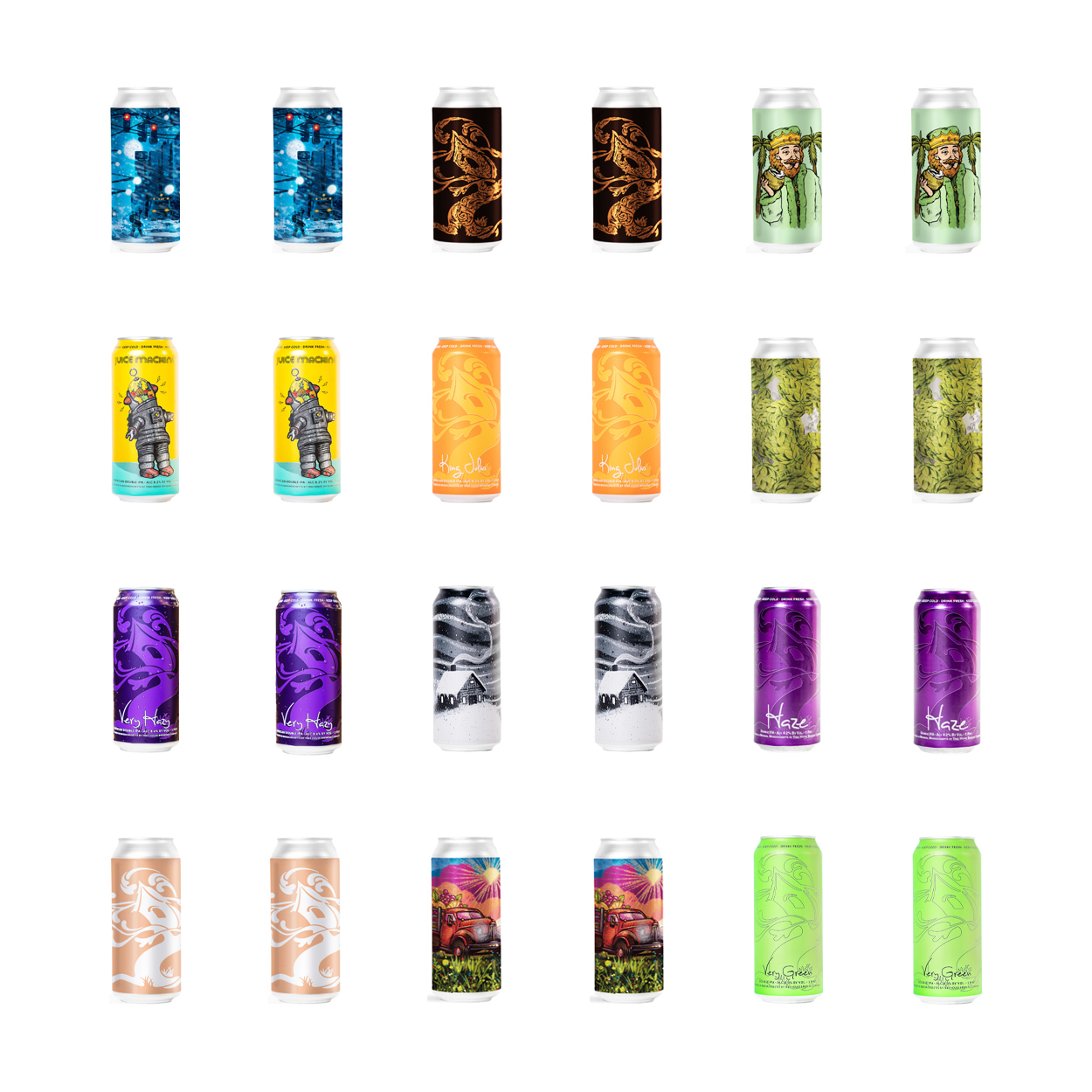African American
Related: About this forumMeet the Sisters Making Wine More Accessible for Black Customers
See how the McBride sisters brought Black girl magic to wine shelves around the country.https://www.thrillist.com/drink/nation/mcbride-sisters-collection-black-girl-magic-wine

As a budding oenophile, I’m always on the hunt for new wines to try and add to my growing, albeit small, collection. Although they say you shouldn’t judge a book by its cover, one of the first things that catches my eye is the wine label. This was definitely the case when I did a double take at one of the bottles belonging to the McBride Sisters Collection. In big, bold letters across the bottle read, “Black Girl Magic Rosé,” and I knew I had to have it. After further research, I learned there were even more options from the McBride Sisters Collection line and I mentally made room for them on my wine shelf.

A local Black-owned wine shop in Brooklyn called Happy Cork is to thank for my discovery of the McBride Sisters wine collections. It’s virtually impossible to scroll down the shop’s Instagram page without seeing a post about the McBride Sisters’ Black Girl Magic wine. Sunshine Foss, owner of Happy Cork, says the McBride Sisters collection is huge at the shop, but Foss says initially she had to search “high and low” for their products.

For Black-owned wine brands, systemic racism makes it difficult for them to have access and equal representation in the industry. Phil Long, president of the Association of African-American Vintners and owner of Longevity Wines, estimates that Black winemakers and brand owners make up less than 1% of all wineries in the U.S. When the pandemic hit in 2020, Happy Cork was one of the stores deemed essential, so the shop never shut down, including during the peak of the fight against racial injustice after the murder of George Floyd. “There was a huge push for anything Black-owned,” Foss says. “With the traction of all these Black-owned wine brands, McBride Sisters was obviously at the top of that list and we’ve not been able to even keep it in stock.”

Robin McBride, co-founder of the McBride Sisters Collection along with her sister Andréa McBride-John, notes one of the main challenges in starting their business was their initial lack of knowledge of how the industry functioned and the obstacles that accompanied it. “Obviously, we were women who were not wine professionals, and on top of that, we’re Black. So, it became obvious very quickly what the biases were in the industry, which was definitely a challenge,” McBride says. “We had to figure out how to jump over a lot of the gatekeepers and a lot of what the establishment in the industry is and speak directly to the consumer.” The two sisters started their business nearly 15 years ago, but McBride says during that time, the wine industry was not catered toward women or people of color.
snip



viva la
(3,775 posts)I am curious about that.
Celerity
(46,209 posts)really class skin contact pinot gris (and it is from the US, we have not had it here in Sweden since the pandemic hit)
Companion Wine Co., Pinot Gris Skin Contact Can
https://naturalwine.com/companion-wine-co-pinot-gris-skin-contact-can/
2020 Pinot Gris
100% Pinot Gris grapes from Contra Costa County given three days of skin contact yielding a pinky-amber hue that drinks a cross of an orange and rosé, a style the Italians call ramato. Made by Scott Schultz of Jolie Laide winery with the same non-interventionist philosophy he applies to all his wines, native fermentation and no additives save a small degree of sulfites.

What is ramato wine? Ask Decanter
Ramato is for the wine lover who wants more from their Pinot Grigio, but don't go thinking it's just another rosé or orange wine.
https://www.decanter.com/learn/ramato-wine-ask-decanter-426324/
Pinot Grigio is one of the most popular Italian wine styles and, while the grape shares the same genetic fingerprint with one of Alsace’s noble varieties, Pinot Gris, its different spelling and origination portend unique styles of white wine. But Italian Pinot Grigio hasn’t always been made in the dry, untinted fashion that we know today. Welcome to the world of ramato wine, a style that is still made in its historic heartland of Friuli and is also getting growing attention from winemakers elsewhere.
How is ramato different from rosé and orange wines?
When Pinot Grigio grapes are crushed and the skins are allowed to spend time with the juice, a teasing, tactile texture and coppery hue results in a distinct wine style called ramato. It comes from the word ‘rame’ which means ‘copper’ in Italian. Rosé and orange wines can also exhibit colours that range from light blush to salmon and deep amber, as a result of skin contact. But colour alone cannot determine the wine style. What distinguishes ramato from a rosé or orange wine is that ramato is a product of historical winemaking style from Friuli, Italy, made with Pinot Grigio grapes. Rosés are made from a number of black grapes and orange wines are made from white grapes throughout the world.
History
While Pinot Grigio has a distinctively Italian style, the grape hails from France, where it is called Pinot Gris, and is thought to have been introduced to Italy in the mid-19th century. Eventually, the wine found success in the northeastern regions spanning Friuli-Venezia Giulia, Veneto and Trentino-Alto Adige. ‘Ramato is a historical style of producing Pinot Grigio in the Friuli-Venezia-Giulia region of Italy, where Pinot Grigio has been grown for hundreds of years,’ said Kirk Peterson, a writer, educator and certified Italian wine ambassador in the US. Traditionally, the wines that exhibited colour were derived from contact with Pinot Grigio’s pigmented skins. ‘It was made in this style up until the 1960s, when producer Santa Margherita began exporting Pinot Grigio in the style most consumers are familiar with today,’ said Henry Davar, Italian wine expert and educator. This new dry, untinted style became one of Italy’s biggest wine exports. But some Friulian wine producers continued to make ramato, retaining the wine’s historical relevance to the region. And, while ramato is inextricably tied to Friuli, the style is also made in other parts of Italy and has recently emerged in the new world. Producers in the US, for example, include Jolie-Laide Windsor Oaks Vineyard and Barrett Family Wines in California, and Channing Daughters in New York.
How ramato wines are made
How does ramato gets its copper colour from Pinot Grigio? It’s important to understand that Pinot Grigio is not a white-skinned grape at all; its skins have a rosey-grey tone, hence the name gris or grigio, meaning grey in French and Italian respectively. ‘Pinot Gris [Grigio] – the “grey” Pinot – is a colour mutation of Pinot Noir and the berries have a pinkish if not entirely ‘grey’ complexion,’ said Davar. ‘Pinot Grigio is usually the easy-going contemporary conventional white wine, and ramato is the copper-hued Italian farmhouse style.’ Ramato’s copper-like lustre is attributed to the extended maceration of the must on the skins during the winemaking process. This also adds to its unique flavors, aromas, structural complexity and tannic mass. But colour also comes from the natural pigments of the grapes that seep into the juice while they are still on the vine.
Producers like Vie di Romans retain the colour and aromatic compounds by preventing contact with oxygen during vinification. ‘The added skin contact does wonders by adding another dimension of depth and savoury drinkability to Pinot Grigio,’ said Peterson. ‘Ramato has flavours and aromas of orchard fruit skin and acacia flowers with a mineral, tactile finish.’ Some producers lean toward short maceration to achieve fresh and lighter wines, which often have a slight peach tinge. Others favour longer maceration, which yields richer, autumnal shades. In Friuli, Scarbolo produces two types of ramati that showcase both ends of the spectrum. ILRamato spends 24 hours on the skins before fermentation. This brief skin contact grants the wine a sheer pigment, with freshness and minerality. The Ramato XL is fermented on the skins for two weeks and aged in French oak barrels for two years, resulting in a deep orange tone with elevated body and structure.
Food-friendly wines
‘Because of the added textural component [that] the skin contact bestows, ramati are tremendously food-friendly and provide an excellent match to dishes as diverse as Prosciutto di San Daniele, crustaceans, white meats, Friulian frico and a diverse array of Asian cuisines,’ said Peterson, who is also a sommelier. ‘It’s [ramato] for the wine lover who wants more from their Pinot Grigio.’ Other producers of ramato in Friuli include Le Vigne di Zamò, Specogna, Radikon, Stocco, Attems and Damijan.
viva la
(3,775 posts)I will have to give that a try. I just have an instinctive resistance to cans... assume there will be a metallic taste.
Celerity
(46,209 posts)
Tree House (MA in the US)

Omnipollo (here in Stockhom)

assorted
